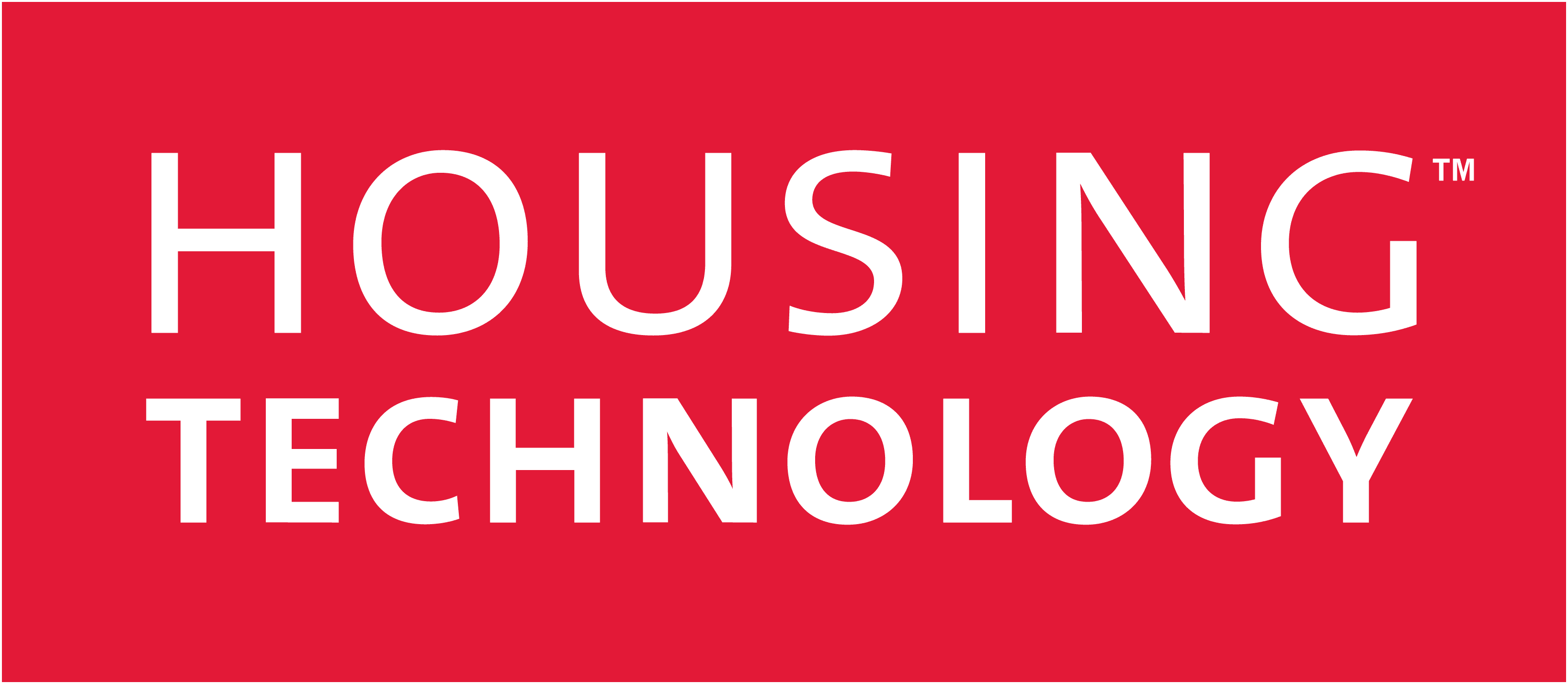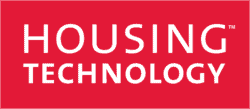Readers may have noticed that Housing Technology has been covering the growth of the internet of things more frequently over the past few issues. This is because we believe that housing providers, possibly for the first time, are in a unique position to completely change the domestic technology landscape.
At the moment the majority of IoT-related devices and software, in a housing context, are being sold direct to consumers (B2C) on a piecemeal basis, albeit sometimes via resellers to allow for scale and reduced distribution costs. After all, the owners of No.10 Acacia Avenue have no connection with the owners of No.12 Acacia Avenue, apart from being neighbours. Therefore, IoT suppliers need to make a very large number of small sales in order to achieve the widespread use of IoT in a domestic setting.
By contrast, housing providers are, almost without exception, the only organisations in the country with direct access to large networks of properties under their control (unlike utility companies and their networks of customers). A single housing provider could, for example, roll out cheap IoT-based humidity or temperature sensors to thousands of its properties at a stroke. The same process in the private sector (for, say, Nest or Hive) would be much more expensive and complicated because it would involve thousands of discrete decisions by individual consumers.
With new IoT devices and software becoming more widely available and better understood, now is the time for housing providers to see how the IoT could transform their operations.


